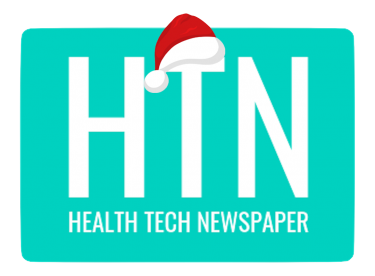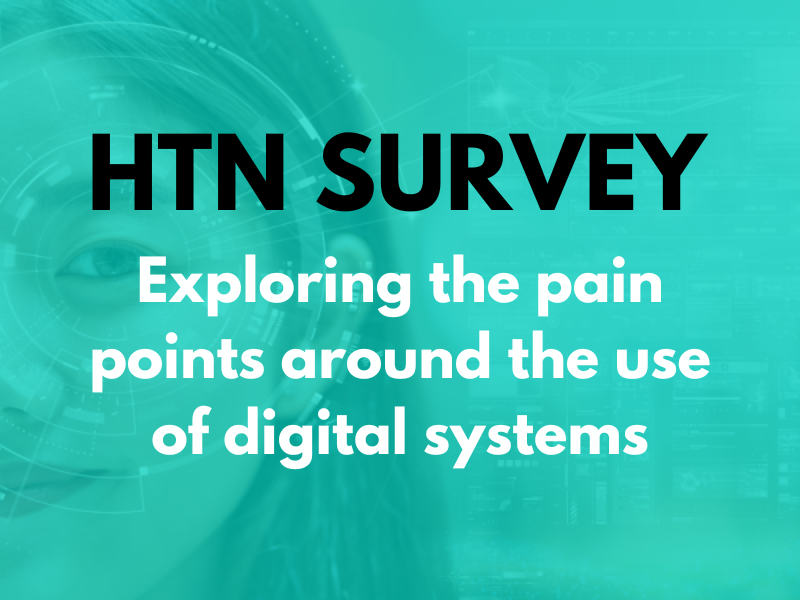Here, we present finalists for the HTN Now Awards 2024 in the category of Data, Security, Infrastructure.
Airedale General Hospital RAAC project
Overview: Airedale General Hospital has one of the highest quantities of RAAC in the NHS. Using geospatial technology from Esri UK, BIS Consult and AGH Solutions (Airedale NHS Foundation Trust’s estates and facilities subsidiary), have created the first RAAC management system of its kind. Replacing paper processes with digital workflows, this has improved the accuracy and efficiency of RAAC inspections, which help maintain the safe operation of the hospital.
Why? Reinforced aerated autoclaved concrete (RAAC) is vulnerable to moisture which can weaken it and lead to collapse. Having used a manual, hand-written survey process to monitor the RAAC up until 2023, it became clear to the estates management team this was not capable of dealing with the sheer volume of work.
What happened? BIS Consult were appointed by Airedale General Hospital to implement a new RAAC data management solution. Using Esri UK’s GIS (Geographic Information System) software, the team created a new system to replace paper-based processes with digital workflows to improve the accuracy and efficiency of RAAC inspections. Esri GIS provides powerful digital maps, apps, dashboards and tools to analyse spatial data. At Airedale, it has been used to map the indoors of the hospital to reveal where the highest risk areas are in real-time, to maintain the safe operation of the hospital. Inspection data is now collected on iPads using custom forms, which helps dictate the risk rating of each plank. All of this data feeds back into the central mapping application. Improved insights are now generated faster than before, as the GIS can run different spatial analysis and scenarios, and patterns of deterioration can be clearly seen and investigated on an estate map, overlaid with drone imagery. The digital approach has created a more robust and resilient process, with a reduced risk of human error. The new approach has introduced 50 percent efficiency savings in the RAAC surveying process, which involves a team of eight inspecting 20,000 RAAC planks across 52 departments. It has saved recruiting four additional full-time surveying staff and all the costs that would have entailed.
Looking ahead. Next steps include building dashboards to further enhance how RAAC data is reported and consumed, allowing hospital staff to self-serve and generate their own statistics using different parameters. KPIs will be available on the dashboards to further aid the management of the problem from an operational and financial perspective.
Socura
Overview: Socura is a UK-based cybersecurity company delivering a Managed Detection and Response (MDR) service to public and private sector organisations. Socura MDR is enabling a foundation trust to strengthen its cyber resilience by detecting and responding to cyber threats sooner and more proactively.
Why? The trust’s cyber security manager knew that the organisation needed to grow its in-house team. However, lacking the budget required to build a full Security Operations Centre (SOC) responsible for 24/7 monitoring, the manager identified support from a specialist MDR partner was also needed.
What happened? Operating as an extension of the Trust’s security teams, Socura MDR supplies a team of detection and response specialists. To provide extensive threat coverage and visibility, the service uses the latest Security Automation (SOAR) technology, fully integrated with the NHS MDE tenant, and Google Security Operations (SecOps). Available log sources are ingested as part of the service, and Socura performs threat hunting activities to look for evidence of historical attacks. When malicious security events are identified, Socura’s SOC analysts promptly investigate them and, where possible, response actions such as disabling user accounts and isolating hosts are initiated. Should incidents need to be escalated, detailed information, including root cause analysis and remediation recommendations, is shared with the Trust’s team. By deploying Google SecOps , Socura has increased visibility across the Trust’s environment. In Q2 2024, Socura detected nearly 400 incidents, saving the Trust hundreds of hours of work required to investigate, triage and respond to them. The service also meets the requirements for the Data Security and Protection Toolkit (DSPT), which allows the Trust to measure its performance against the National Data Guardian’s 10 data security standards.
Looking ahead. Socura plans to continue delivering a Managed Detection and Response (MDR) service to public and private sector organisations.
Sanius Health
Overview: Sickle Cell Disease demands improved self-management, particularly in identifying vaso-occlusive crises (VOC) that increase hospitalisation rates and healthcare costs. Sanius Health’s AI-driven predictive algorithm has accurately predicted 92% of VOCs using wearable data and patient-reported outcomes.
Why? A key challenge in managing VOCs is the delayed recognition of symptoms. Healthcare providers, lacking real-time, actionable data, are limited in their ability to offer timely and personalised care. This lack of early intervention leads to a cycle of frequent, costly hospitalisations and worsens the long-term prognosis for patients.
What happened? Sanius Health developed a cutting-edge machine learning (ML) algorithm that serves as a proof-of-concept for remote digital biometric and ePRO tracking as a real-world early warning system for health deterioration in patients with Sickle Cell Disease (SCD). Longitudinal medical records, a range of patient reported outcomes (PROs) and physiological metrics tracked by the app and wearable devices were integrated into Sanius Health’s predictive model to generate daily VOC likelihood predictions for each patient, allowing patients to take preemptive actions, such as adjusting hydration or medication. This proactive approach not only empowers patients to manage their health more effectively but also supports clinicians by providing timely insights, aiding in informed decision-making and treatment customisation for timely intervention and hospital admissions reduction. With continuous health tracking between appointments, healthcare providers can minimise monitoring burdens while ensuring effective and timely patient care. Building on the success of our VOC predictor Model 1, the development of Model 2 marks a significant advancement in predictive accuracy with a 92 percent increase in sensitivity where it successfully identified 643 out of 700 VOC events, underscoring its robustness and reliability.
Looking ahead. The continued development and refinement of this technology promise to deliver long-term value, fostering more personalised and efficient care for SCD patients and beyond.





